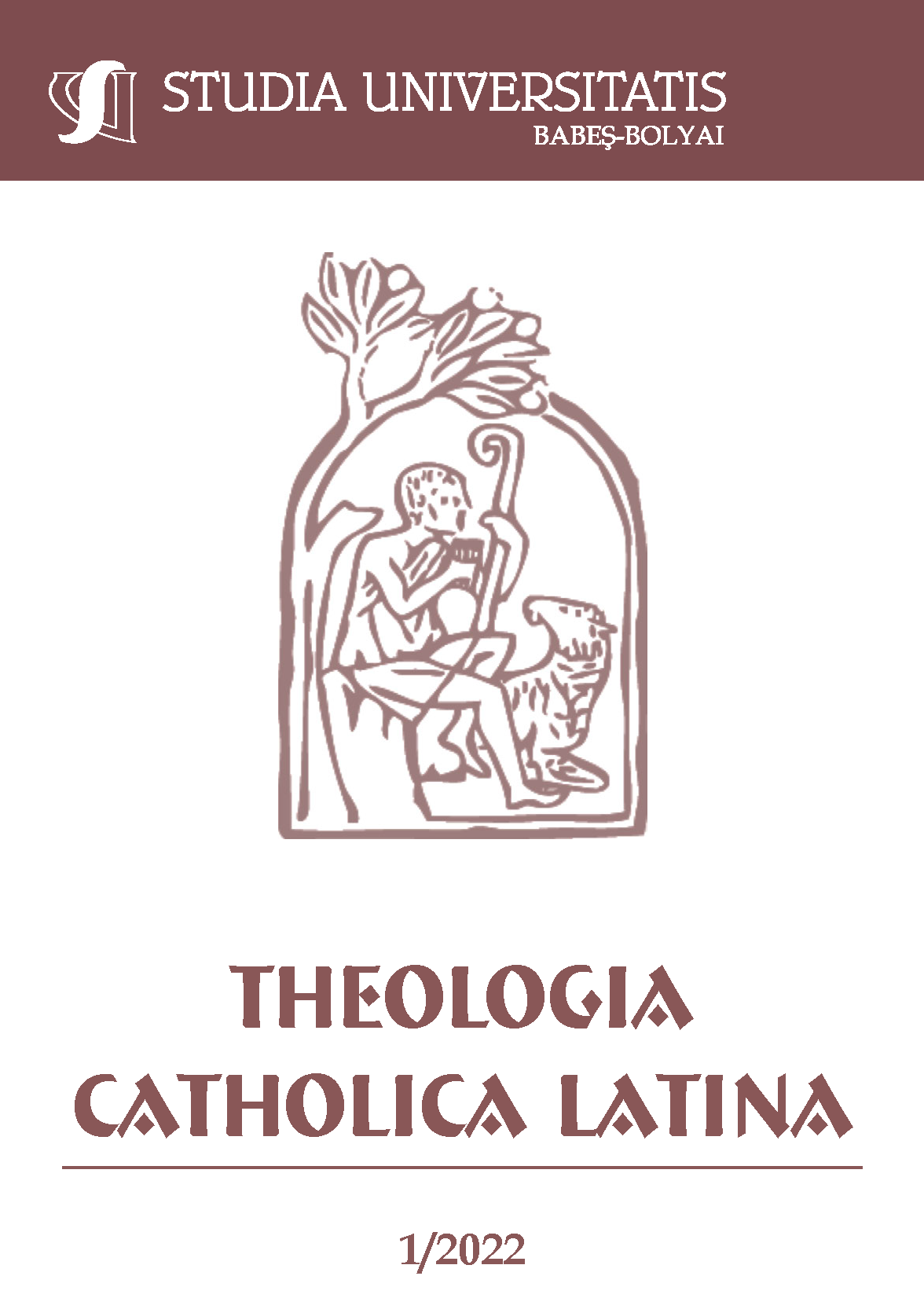THE RELIGIOUS POLITICS OF THE BYZANTINE EMPERORS IN THE 4ᵀᴴ-9ᵀᴴ CENTURIES
DOI:
https://doi.org/10.24193/theol.cath.latina.2022.LXVII.1.05Keywords:
Jesus Christ, Christianity, the Edict of Milan, the Henotikon, the Ektesis, the Typos, icons.Abstract
After the official recognition of Christianity in 313, Emperor Constantine the Great became the most important protector of Christian dogma and discipline, always present among the bishops, intervening in all matters of the Church, legislating and judging for it. The Byzantine emperors proclaimed the Christianity as a State religion by multiplying and increasing the immunities, but also the privileges of this new religion, which they defended in all situations through their protection. Within religious politics, the Byzantine emperors will be the ones organizing, directing, convoking, and presiding over all the councils, who wanted to clarify and crystallize the teachings of faith of the Church, dictating the oaths of faith. These new relations created by Emperor Constantine the Great between the Church and the State, were continued and maintained by all his successors, whether they were Orthodox or Aryan. Unfortunately, throughout the history of the Byzantine Empire, there were also some emperors who brutally intervened in the Church’s life, trying to subordinate it to them, thus increasing the imperial authority over it. All these abuses led to great unrests and schisms in the life of Christianity and sometimes caused ruptures between emperors, patriarchs, and the papacy.References
CHIFĂR, N., Istoria creștinismului I, Sibiu, 2007.
CHRISTENSEN, T., The so-called Edict of Milan, Classica et Medievalia, Kopenhagen, 35, 1984, 129-175.
CHUVIN, P., Chronique des derniers paiens: la disparation du paganisme dans l Empire romain, du regne de Constantin a celui de Justinien, Paris, 1990, 37-39.
DIEHL, C., Istoria Imperiului Bizantin, Craiova, 1999.
DUSCHESNE, L., Liber Pontificalis I, Paris, 1981.
DUPONT, C., Les privileges des clers sous Constantin, RHE, 62, 1967, 729-752.
DUȘE, C. I., Imperiul Roman și creștinismul în timpul Sfântului Clement Romanul, Cluj-Napoca, 2020.
DUȘE, C. I., Împăratul Constantin cel Mare-piatră de temelie în promovarea şi apărarea creştinismului, în: Epoca, personalitatea şi contribuţia împăratului Constantin cel Mare la libertatea şi consolidarea Bisericii creştine, Simpozionul Internațional Oradea, 23-24 Mai 2014, Oradea 2014, 286-315.
EUSEBIU DE CEZAREEA, Istoria bisericescă, traducere, studiu, note şi comentarii de Pr. Prof. T. Bodogae, în: colecția Părinți și Scriitori Bisericești, vol.13, Bucureşti, 1987.
GREGORY, T. E., O istorie a Bizanțului, Iași, 2013.
KAPLAN, M., Bizanț, București, 2010.
KRECHT, A., Die Religions-Politik Kaiser Justinians I, Elibrom Classics, 2005.
RĂMUREANU, I., M. ȘESAN, T. BODOGAE, Istoria Bisericească Universală Vol. I (1-1054), Ediția a III-a revăzută și completată, București 1987.
TREADDGOLD, W., O scurtă istorie a Bizanțului, București, 2003.
VASILIEV, A. A., Istoria Imperiului Bizantin, Iaşi, 2010.
VOICU, C., L. D. COLDA, Patrologie III, București, 2015.
VOICU, C., Patrologie III, București 2010.
von HEFELE, K. J., A History of the Church, vol. 5, Edinburgh, 1896.
Downloads
Published
How to Cite
Issue
Section
License
Copyright (c) 2022 Studia Universitatis Babeș-Bolyai Theologia Catholica Latina

This work is licensed under a Creative Commons Attribution-NonCommercial-NoDerivatives 4.0 International License.



